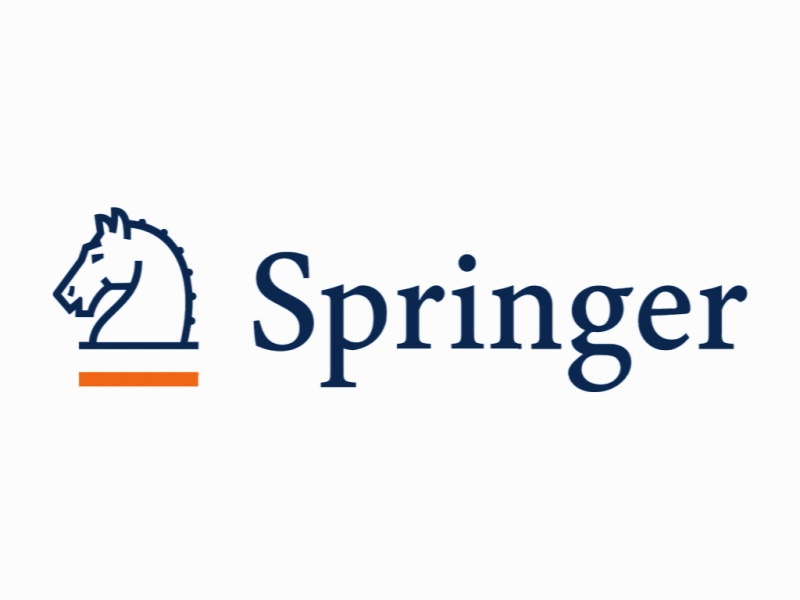کاهش درد زودهنگام پس از عمل جراحی لاپروسکوپی توسط بلوک رکتوس دو طرفه با سونوگرافی Ultrasound‑guided bilateral rectus sheath block reduces early postoperative pain after laparoscopic gynecologic surgery: a randomized study
- نوع فایل : کتاب
- زبان : انگلیسی
- ناشر : Springer
- چاپ و سال / کشور: 2018
توضیحات
رشته های مرتبط پزشکی
گرایش های مرتبط بیهوشی، پزشکی داخلی
مجله بیهوشی – Journal of Anesthesia
دانشگاه College of Medicine – Ewha Womans University – Seoul – Republic of Korea
منتشر شده در نشریه اسپرینگر
کلمات کلیدی انگلیسی Laparoscopic surgery · Postoperative pain · Rectus sheath block
گرایش های مرتبط بیهوشی، پزشکی داخلی
مجله بیهوشی – Journal of Anesthesia
دانشگاه College of Medicine – Ewha Womans University – Seoul – Republic of Korea
منتشر شده در نشریه اسپرینگر
کلمات کلیدی انگلیسی Laparoscopic surgery · Postoperative pain · Rectus sheath block
Description
Introduction In surgeries involving the anterior abdominal wall, the role of abdominal wall block is increasing as a part of multimodal analgesic method for postoperative pain control. Rectus sheath block (RSB) is a simple and easily applicable abdominal wall block. Local anesthetic is deposited between the rectus muscle and its posterior sheath, which blocks the anterior cutaneous branches of the lower thoracic spinal nerves (T7–T12). This technique was introduced in 1899 and used for surgical anesthesia and muscle relaxation, but has been neglected due to the development of neuromuscular blocking agents [1]. Smith et al. demonstrated a reduction in postoperative pain in patients who received bilateral rectus sheath block (BRSB) during diagnostic laparoscopy compared to a control group [1]. The subsequent development of ultrasound (US)-guided nerve block has led to the rise of US-guided BRSB (US-BRSB), which has been investigated in the context of various abdominal procedures, including pediatric umbilical hernia repair and myomectomy, with both pain-reducing and opioid-sparing efects [2–6]. Several trials have examined the efects of transversus abdominis plane (TAP) block, which represents another classical type of anterior abdominal wall block, during laparoscopic surgery [7–10]. The results of these trials revealed benefcial efects of TAP block on pain reduction and opioid usage, but these efects were relatively small and observed only during the early postoperative period. Multi-port laparoscopic surgery typically involves three to four incisions. The umbilical or periumbilical incision, into which a laparoscope is usually inserted with a large-bore trochar, requires peritoneal and fascial closures, whereas the other incisions can be closed with skin sutures (that may or may not be subcutaneous). We thought that, because the umbilical incision represents the most painful incision site, and because RSB focuses on the midline, RSB may be useful in decreasing the pain caused by umbilical incision. Furthermore, because the distribution of RSB can extend to the anterior superior iliac spine (ASIS), it might be possible to reduce pain from other port incisions as well [11, 12]. Few studies have been published on RSB during laparoscopic surgery [5, 13], but the available results demonstrate lower pain scores during the early postoperative period (up to 10 h).


